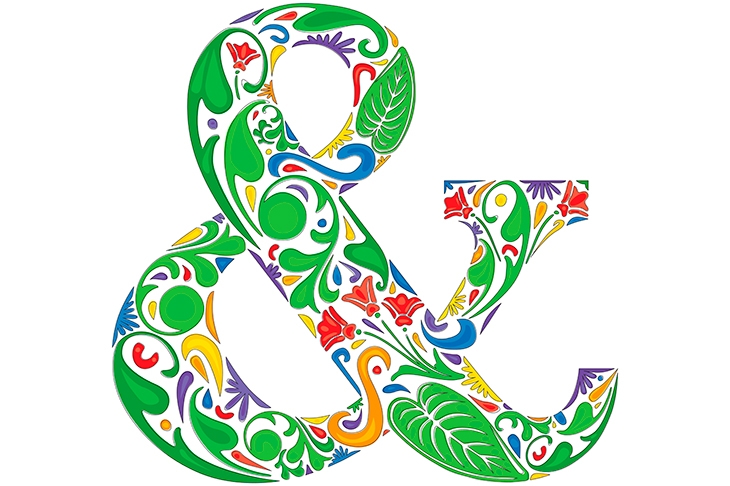This is such a great idea: a book with one short essay per punctuation mark or typographical symbol. Of course, our commas, ampersands and exclamation marks all come from somewhere; all were invented at some point or another and their stories are ever-changing. Computer coders, for example, have recently moved previously unsung but elegant marks such as the hashtag and the ‘at’ sign back to centre stage.
Claire Cock-Starkey is a confident and likeable host and makes a witty crack about her own surname in her essay on the hyphen. She somehow elevates what could have been a nerdy primer into something grander, and at various moments the book becomes meditative, poetic, philosophical and funny, as well as scholarly.
In 1837, two rival French legal experts fought a duel over the use of the semi-colon
There is much to enjoy. The strangely named and beautifully shaped ampersand, we’re told, evolved from the Latin ‘et’.

Get Britain's best politics newsletters
Register to get The Spectator's insight and opinion straight to your inbox. You can then read two free articles each week.
Already a subscriber? Log in







Comments
Join the debate for just $5 for 3 months
Be part of the conversation with other Spectator readers by getting your first three months for $5.
UNLOCK ACCESS Just $5 for 3 monthsAlready a subscriber? Log in